How to Nurture Your List Without Feeling Pushy
Welcome! We are starting a new series for the month of July, Email Marketing that Ministers and Converts. Today we’re going to talk about consistently connecting with your email list in a way that serves rather than just sells. I’m going to talk about why nurturing matters, reframing your email as ministry and what nurturing emails look like versus launch emails, because these are two completely different types of emails. Let’s talk about what the differences are.
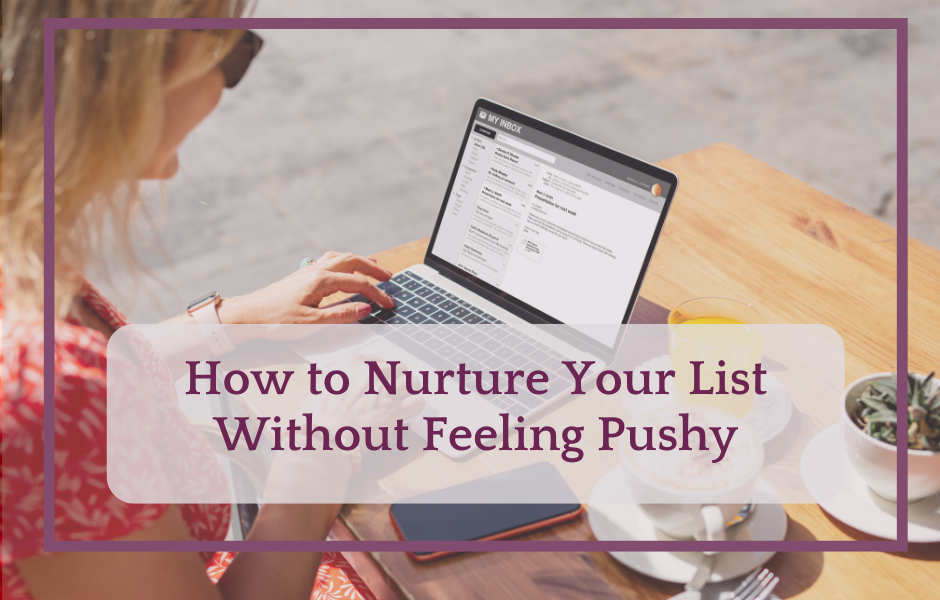
Email as Ministry
Why does nurturing matter? Think about your email list like a group of people you’re trying to build a relationship with. Thinking about this took me back to my youth ministry days. For my five and a half years as youth minister, I taught these young people what it meant to have a relationship with God. I’d often talk about how when you have a relationship with someone, you spend time getting to know them by sharing things with them.
In your emails you’re building that relationship even though you may not feel like it because there’s little back and forth. With your emails you’re trying to have them get to know you, let them into your personal life a little bit, and even tell stories. You’re wanting to stay top of mind and build trust with the people on your list. This is where you can think about reframing email as ministry. Showing up with encouragement and value. If it doesn’t add value, then why are you sending it?
What Nurturing Emails Look Like
Here are some of the things that you can do for nurturing emails versus these launch emails.
- Tell personal stories: I always try to start every one of my emails with a note from me. I might talk about how my week went or if I got sidetracked because my kids had something they needed me to do. Last week I told them that I have Meniere’s disease, and I had a really bad week. I was spinning; basically, it gives you vertigo. I then had to go to a doctor’s appointment. I ended up taking two days off last week to deal with that. That was a very personal peek into my life.
- Share devotional-style reflections: This is something I do as well. I might take a comment or a topic that I’ve been studying in scripture or in a Bible study and share with them the topic and some of the main ideas that I’ve gleaned from that. I would say something like, “Hey, I’ve been studying in this book or these verses or this topic and this is what I’ve learned”.
- Share lessons from your writing, speaking, or coaching: As we go about running our businesses, there are things that we learn. We learn from mistakes that we’ve made through new projects that we’re working on. We can also learn through new mentorships or relationships that we’re building. Share those lessons with your audience.
- Behind-the-scenes updates: If you’re working on a book, your readers would love to know what the process is. It’s fun to see the process behind what goes into writing a book. Or, if you’re speaking, you could say, “I’m working on this speech for this upcoming event that I’m going to.” For example, I’m going to be speaking at the Advanced Writers and Speakers Conference in August and have to write my speech. I let ChatGPT do some of the work for me. I used it to break down writing the speech into manageable steps. I have a task with some subtasks for each week in July. This ensures that I can get the speech written in time for the conference. Through my emails I have been able to share behind the scenes on what I’m working on.
Stay Consistent
What is the ideal frequency for staying connected?
A lot of people will tell you what an ideal frequency is. However, what I’ve always said and taught is to send emails on the routine that you can stay consistent with. Whether that’s weekly, monthly, or once a quarter, you need to be able to be consistent with it. If for some reason you can’t be consistent or can’t dedicate yourself to that, then do what you can do. Don’t try to overcomplicate it. Instead of pushing yourself, knowing that weekly is going to be too much for you with all of your other obligations, start with monthly. You can always move to more frequent later. Remember, don’t drop the ball and say you’re going to do it weekly and then not.
Framework
One of the things that you need to have is a framework for your email. That framework starts with a hook, something to get them interested in reading. It needs to have an encouragement piece, a lesson, and a call to action. Maybe you’re wondering what that call to action would be? Some call to action ideas are reply to this email, share this email, read a blog post, or download a resource. You could also send them over to your Facebook group and comment on your post. These are all things that you can get someone to do. Remember, you’ll want to have a call to action in every email.
I hope that this has been helpful in understanding why nurturing your list matters, how that’s building a relationship, and how you can create emails that are nurturing. Nurturing your list can truly build relationships and rapport with your subscribers. Thanks for reading; I’ll be back next week to talk about what to send when you don’t have a launch.

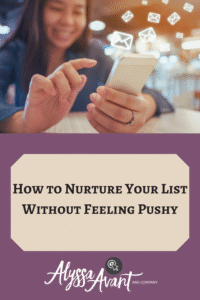
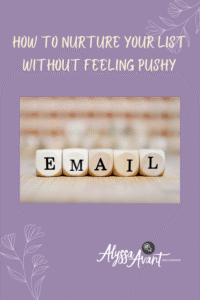

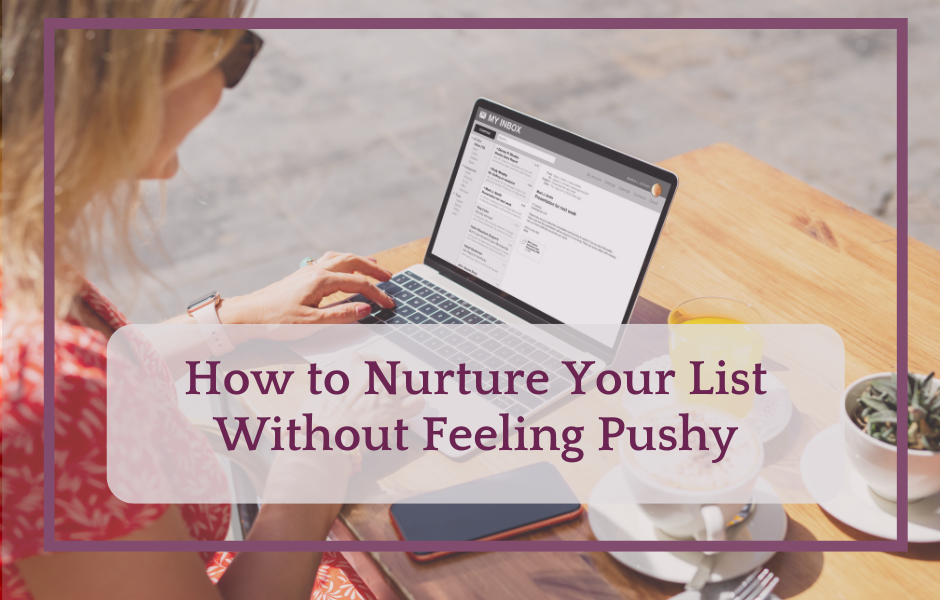
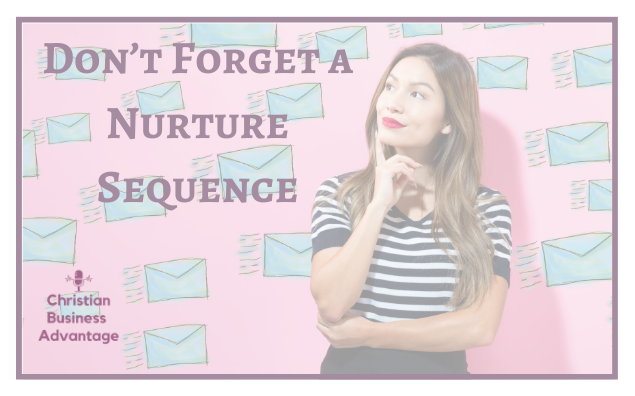
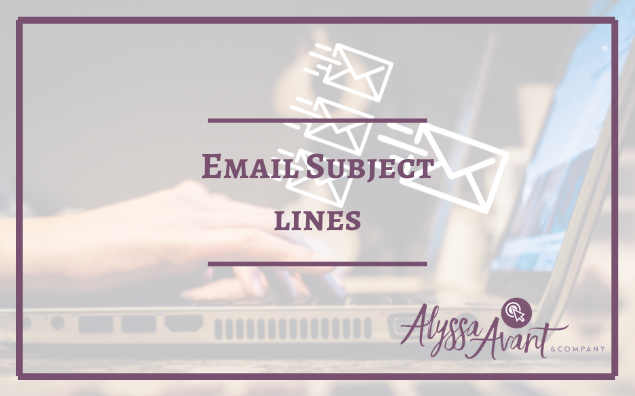

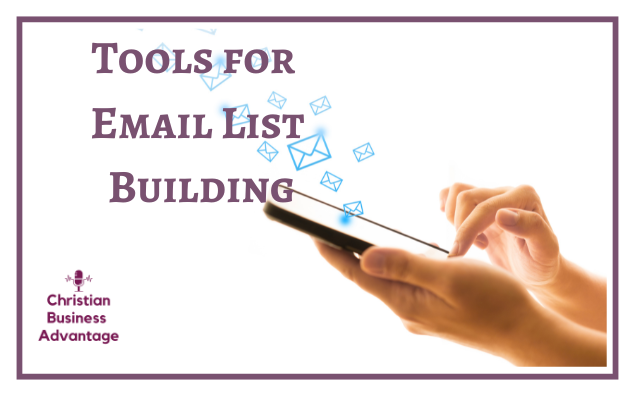
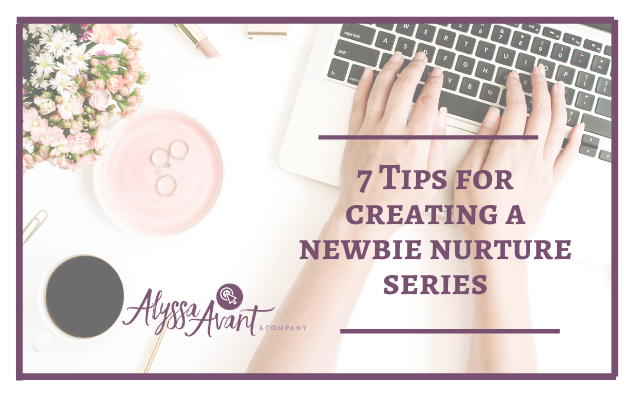
2 Comments